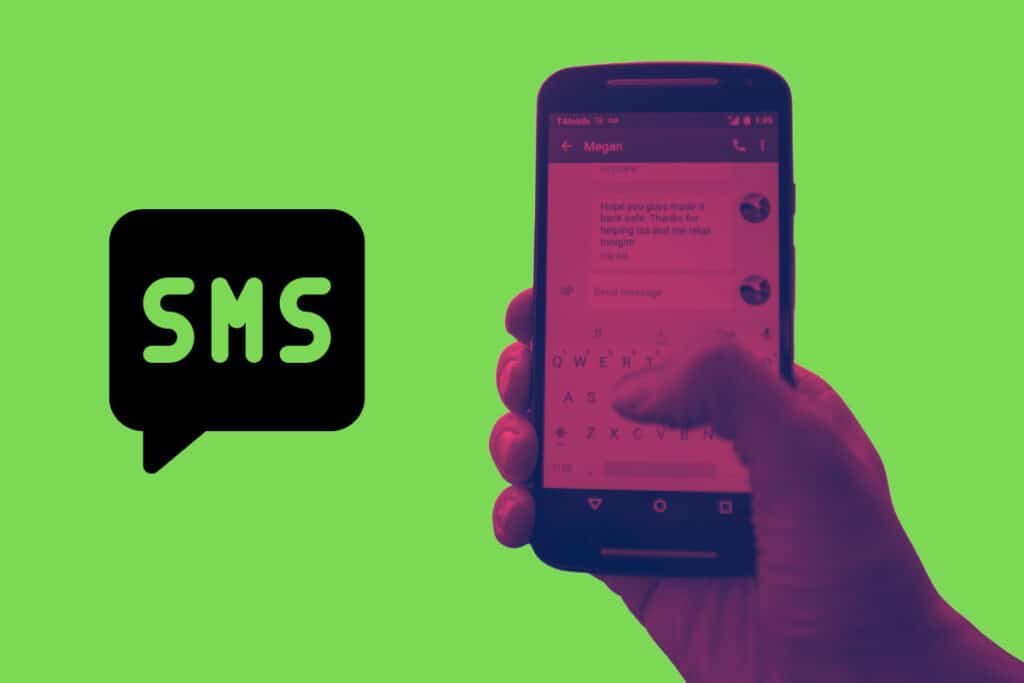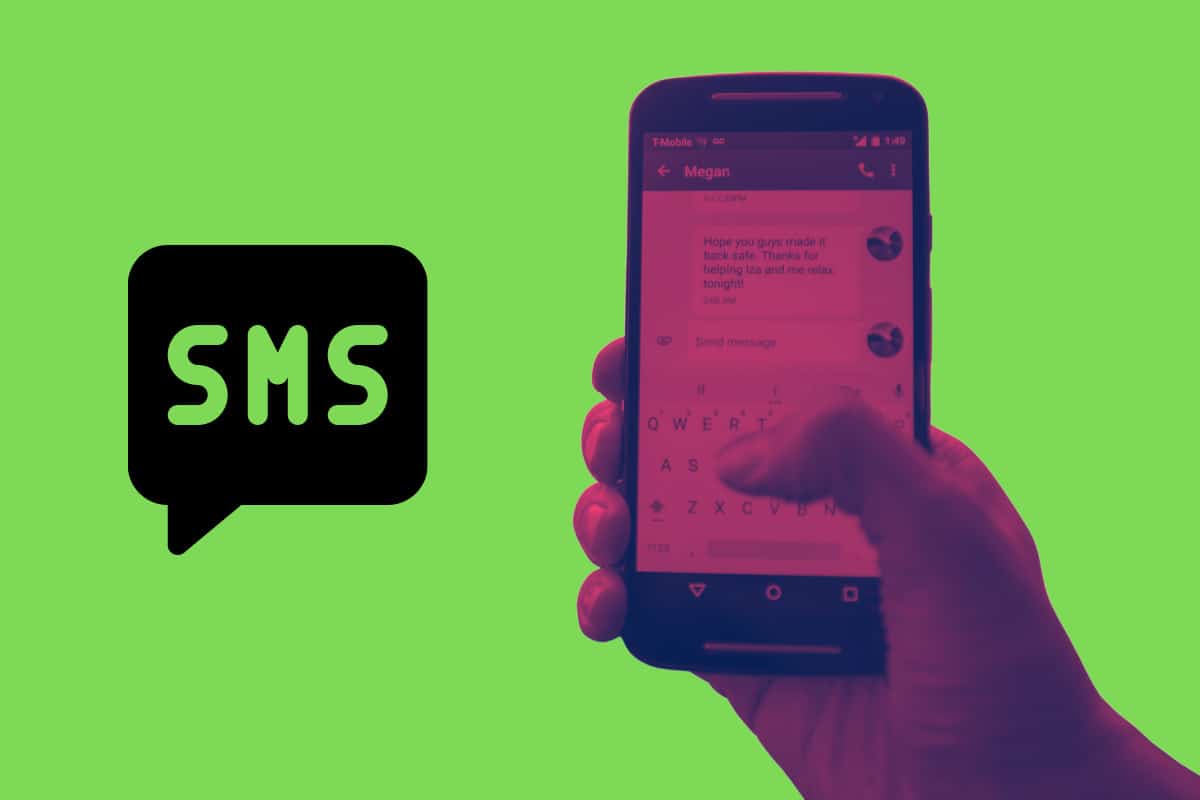What does SMS mean? Does it stand for something? And how is SMS different from MMS or iMessage? All will be revealed below…
Back in the day, before smartphones and the internet, people used mobile phones like the Nokia 3310. These phones were designed to make calls and send text messages – and play Snake. But that was about it. To say were basic by modern standards would be the understatement of the century.
But these types of phones were actually around and used for longer than the smartphone has been a thing. The first commercial mobile phones arrived properly in the early 1990s, although there were models that were available way before this – like the Motorola StarTac. Texting – or SMS messaging – didn’t become popular until the 1990s. And it is still the number one way people communicate in 2022.
But SMS and MMS aren’t the same as WhatsApp and iMessage, as you’ll find out below. In terms of how you use them, iMessage and WhatsApp do feel the same as SMS but the technology that makes them possible is done slightly differently. More on this in a bit though.
First, let’s look at what SMS means and its history as a technology…
SMS Meaning
Invented in the 1980s, SMS stands for Short Message Service. SMS first appeared on mobile phones in the late-1980s but it wasn’t until the rise of mobile phones like the Nokia 3310 in the 1990s that SMS became a global phenomenon. Between 1990 and 2000, the number of text messages sent per day increased by 100,000%.
How SMS works is fairly straightforward, from a conceptual perspective. You have 160 characters for each message and the SMS itself is/was delivered by your carrier or phone network’s network to the recipient. All you need to start sending SMS texts is a SIM card and a mobile phone. You DO NOT need an internet connection; SMS is routed in the same way your calls are.

For the longest time, SMS – or, texting, as it is also known – was the de facto method by which people communicated. During most of the 1990s, texting was the predominant form of mobile communication. It wasn’t until the back end of the 1990s that email finally came to mobile phones, although didn’t really take off properly until the early-2000s with the rise of BlackBerry.
There were, however, improvements made to SMS and texting in general. The advent of MMS messages, for instance, allowed users to send pictures and other multimedia files as text messages. MMS first launched in 2002 and grew in popularity massively between then and 2010 before the launch of apps like BBM and WhatsApp.
SMS vs MMS – What’s The Difference?
SMS and MMS messages are essentially the same thing, in that they’re delivered by the same mechanism – both are delivered over a carrier’s cellular network. You do not need an internet connection with either SMS or MMS to send and receive messages, just phone reception. If you have this, you can send and receive SMS and MMS.
MMS stands for Multimedia Messaging Service and, as a technology standard, it was built using exactly the same technology as SMS. The only difference between SMS and MMS is that with MMS you don’t have the same kind of limits. With MMS, you can send multimedia inside your messages, including things like audio clips, contact details, and photos and video files.
MMS messages, back in the day, were limited to 300KB in size. This was done to ensure that cellular networks were not overloaded by millions of people sending massive files to one another using the technology. Between 2002 and 2013, the number of MMS messages sent increased massively – by about 70% – topping out at around 96 billion messages.
So, to recap: the ONLY difference between SMS and MMS is that, with MMS, you can send multimedia files like videos, photos, and contact details. You’re limited to file sizes of 300KB. But unlike traditional SMS, there are no character limits. With SMS you only get 160 characters, then a new message begins.
Are iMessage & WhatsApp The Same As SMS?
The rise of third-party messaging apps like BlackBerry’s BBM and later WhatsApp effectively started the death knell of the humble SMS and MMS message. Doing the 1990s and most of the early 2000s, nearly everybody you knew was sending text messages.
In 2022, most communication on phones is done via third-party apps like WhatsApp, WeChat, and Facebook Messenger, as well as proprietary IM clients like Apple’s iMessage.
Are WhatsApp and iMessage the same as SMS? No, WhatsApp and iMessage are known as “Over The Top” (OTT) applications. An OTT app uses IP (internet protocols), not cellular connections to send and receive messages.
Apple still uses SMS on its iPhones though, but only if you’re sending a message to a person that doesn’t have an iPhone. For instance, say you’re writing a message in iMessage. If the other person has an iPhone, it will send via iMessage as an OTT message. If the recipient doesn’t have an iPhone, however, iMessage will send the message as an SMS.
Apps like WhatsApp and WeChat are pure OTT applications. They run cross-platform and run exclusively on Internet Protocols. This means anyone using WhatsApp can send a message to anyone else using the app, regardless of the phone or device they’re using. If WhatsApp is installed, the recipient will be able to send text messages, videos, multimedia, and even make calls over the internet.
Of course, with apps like WeChat and WhatsApp, you NEED an active internet connection for these applications to work. They work exclusively on internet protocols, so a web connection is essential.
Do Phones Still Have SMS?
SMS has now taken a backseat to apps like iMessage and WhatsApp but that doesn’t mean SMS is dead. Every single phone in use today has the ability to send and receive SMS and MMS messages.
In fact, you’ll probably get at least one SMS message today – most people do. Most people just don’t tend to use SMS anymore, as they have moved over to apps like Facebook Messenger or WhatsApp or, if you have an iPhone, iMessage.
And to give you an idea of just how big apps like WhatsApp are, keep this little fact in mind: more than 100 billion WhatsApp messages are sent every day. Not in a year or a month or week. A day – 100 billion messages every day, 365 days a year!
That is a number that is so big it is kind of impossible to even quantify, let alone appreciate. Even more so when you factor in that only about 96 billion MMS messages were sent between 2002 and 2013…
SMS Isn’t Dead, It’s Just Used For Marketing Spam These Days
SMS does have one new application, though, and you’ve probably noticed it during the past few years. It is super annoying, kind of invasive, and it seems to be happening more and more. Yes, I’m talking about marketing.
Plenty of companies now use SMS marketing to tell you about new products and offers. I get like three a week from my local pizzeria, so while SMS is pretty much dead to most people, thanks to apps like WhatsApp, it is still actively used by companies to sell stuff.
And the reason? An SMS is usually read completely in under three seconds. This makes it a great tool for marketing types, especially since they can include a link inside MMS messages that will send the reader through to their offer. For this reason, SMS marketing is one of the fastest-growing marketing channels right now.


